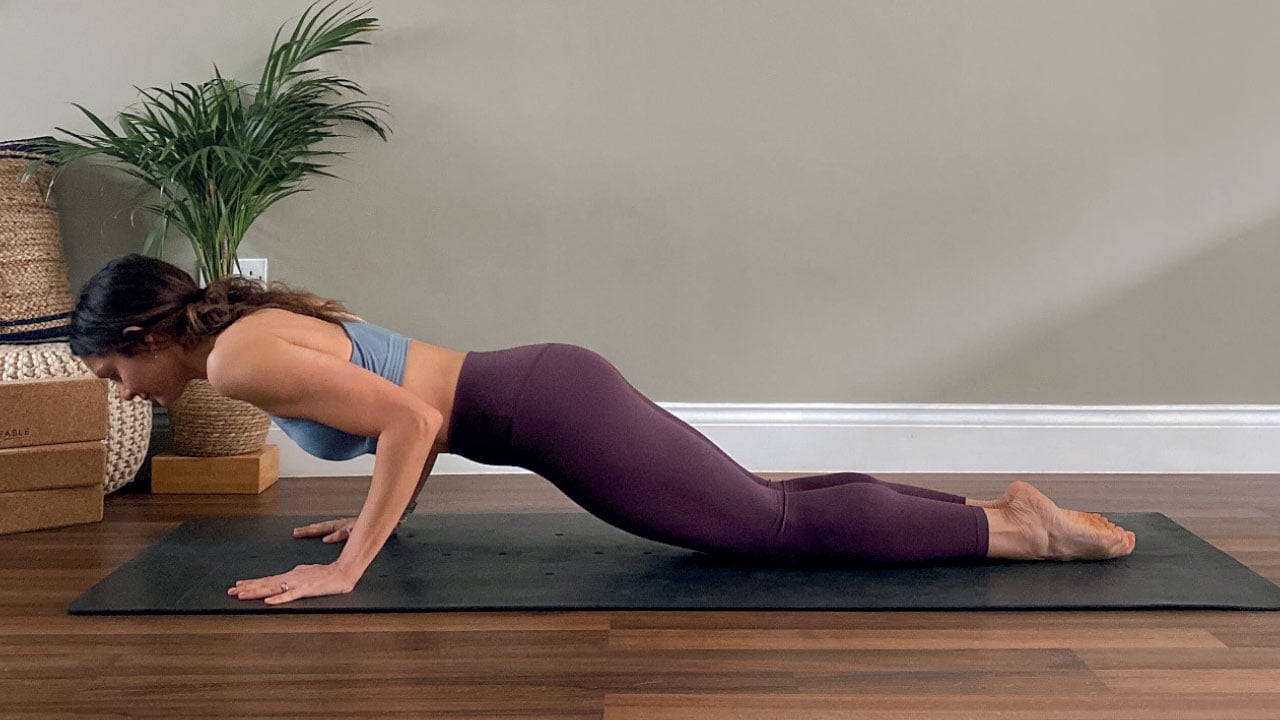
Yoga your way – part one
A three-part series on expanding your practice to make it support your body, your life, your needs. By Esther Marie.
Part One: Body
When we start yoga, we are often meticulous at making sure our poses are beautifully correct. We painstakingly place our body into the exact alignment of the photographs in the textbooks. But what happens if your body doesn’t quite fit the ‘ideal’ asana mould?
I’m Esther Marie, a yoga and mindfulness teacher who began her yoga journey six years ago, trying to get her body into these poses…but learnt very quickly that, in doing so, you can create more harm than good.
In this first article of a three-part series, I’ll share how I adapted my self-practice, and also my teaching approach, to make classes more accessible and functional and still preserve the foundational philosophy behind yoga asana practice.
But first let’s take it back a bit. I remember being in a public class and the teacher spotted me and my advanced range of movement almost immediately. I was less than a year into my practice, so I was practicing without the awareness of my condition (Hypermobile Ehlers-Danlos syndrome, or HEDS). We were in low lizard lunge and the teacher did a hands-on adjustment to take me not only further into the pose but way deeper than I had ever been (or knew I could go) before.
Whilst externally others looked on in admiration, and the teacher was telling everyone I had mastered the pose and it looked beautiful, internally, I was in pain. As I was at the beginning of my yoga journey, I did not have the confidence to question and speak up to the teacher. After the class, I thought to myself that I could use this pain as a warning to never practice asana again, or use it as my driving force to find a different way to practice.
Here are three ways you can adapt your yoga practice to make it more your own and enhance the longevity of your practice.
Bending the knees
Whether it’s a standing posture, forward fold or even chaturanga, taking a bend in the knees can transform your body’s ability to practice asana. There seems to be a silent unspoken misconception in the yoga world that bending the knees is a sign your body isn’t flexible ‘enough’ or strong ‘enough’ to straighten the legs.
But what bending the knees does, in reality, is offer more stability, alignment of the pelvis, and protection to the joints and muscles. When I see students in my classes bend their knees, take chaturanga with knees down, or even practice high lunge with a bent knee (my personal favourite), I see practitioners in tune with the body and moving intuitively.
Even today, I still frequently teach a vinyasa class where I drop my knees to the mat in chaturanga to provide support for my body and ensure greater mindful awareness and control, which is what we want from our physical practice.
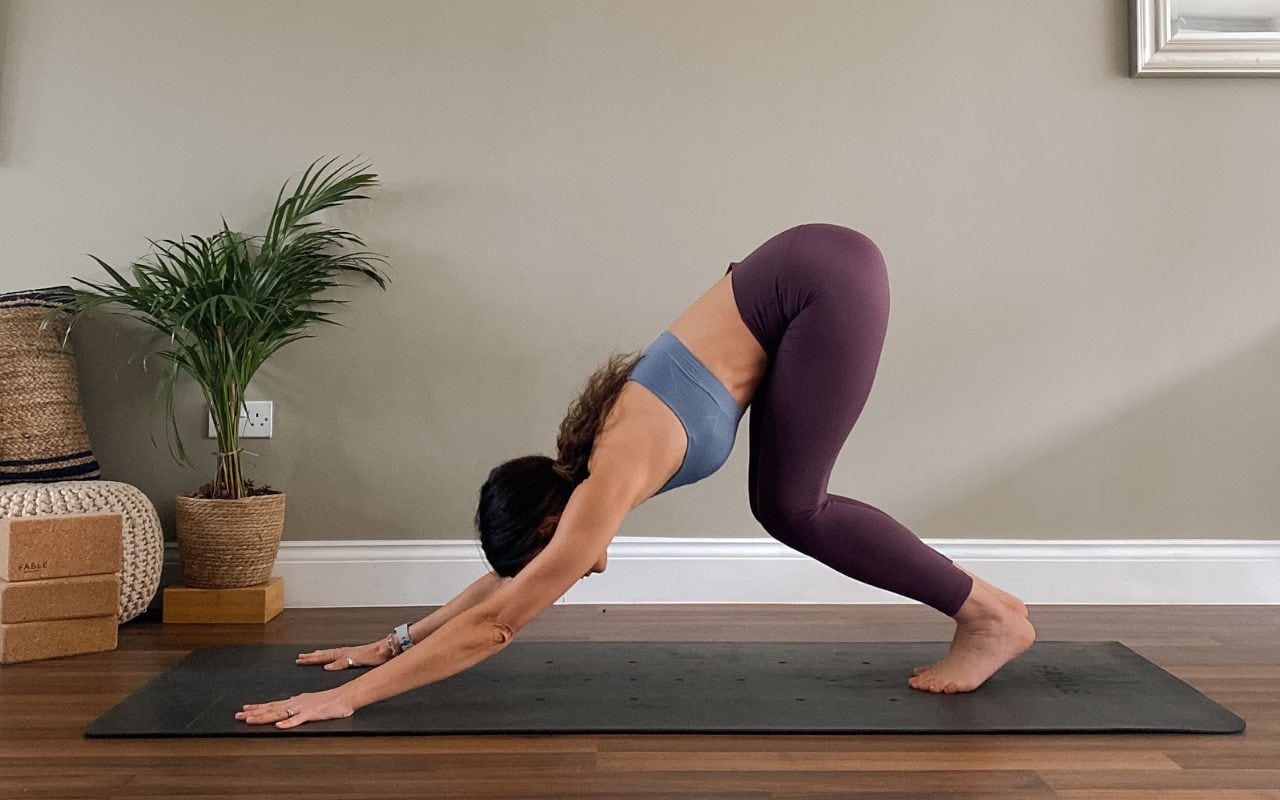
Time & frequency
I can’t remember where I read it, but I remember reading that the ‘right’ way to practice asana was to do so first thing in the morning, before sunrise, on an empty stomach and for 60-90 minutes.
While this may have been a tradition when yoga first began, misconceptions like this are not only unrealistic, but in some cases the reasons why people believe the practice isn’t for them. At the beginning of my own journey, I was eager to practice the ‘right’ way, so i followed this approach. I would wake at 5am Monday to Friday and practice for 60-70 minutes before I went to work all day. But after a year of practicing like this, not only was i physically exhausted, but emotionally burnt-out to the point of becoming unwell.
I am not opposed to upholding the traditional practices and teachings of yoga, but I do question them and their cost versus benefit. The purpose of asana is to create harmony and balance within, but if the way you’re practicing leads you to burnout, you have to reevaluate. Like you, I am juggling fitting in my asana practice around my full-time job (SEMH specialist in education), family life, commitments, as well as running a yoga business and managing fibromyalgia and chronic pain. This means that often my self-practice is just 10 to 20 minutes, rather than 60 minutes.
I’ll be honest with you, I took me a while to adjust and accept this way of practicing, mainly because of the all-or-nothing mindset of asana that I had learnt. But in adapting my time spent on the mat to meet my lifestyle needs, not only do I have a consistent at-home self-practice, but I very rarely lose motivation for it. I have made it work for me. Just like I have made the postures fit my body’s needs, I’ve made the logistics of my practice suit my reality.
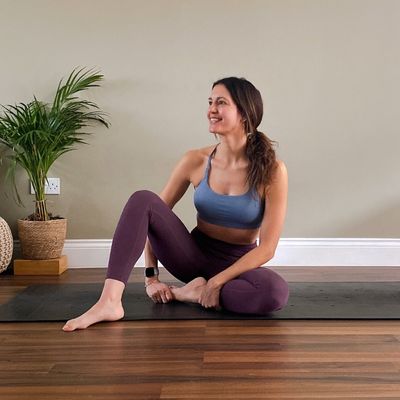
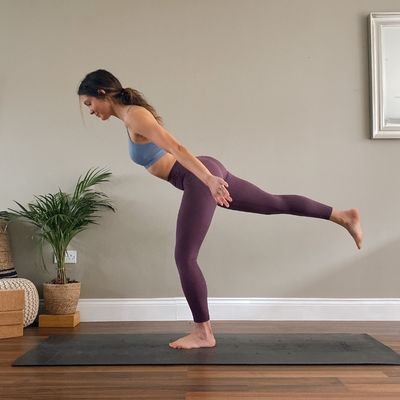
Intentional practicing
There comes a point in your self-practice where you will stumble across your ‘why’. Why are you rolling out your mat? Why are you practicing today? I was under a year into my practice and came up against my biggest challenge – imposter syndrome. I would attend classes and couldn’t help my eyes from glancing here and there and seeing how others were practicing. The catalyst to my pretty serious shoulder injury was a teacher telling me that crow and eight angle poses were the ‘easiest’ arm balances to do and all beginners can do them. Except me!
This comment became the intention behind every self-practice for months after. I went from not really caring about a crow pose, to practicing it daily for up to two hours. I wasn’t aware at this point in my journey that I had hypermobility syndrome and so it is more of a challenge for my body to build strength due to its instability. I thought I was just rubbish! From this experience and the injury I endured (resulting in needing three months of non weight bearing on my upper body) I remember asking myself: what does balancing on my arms mean to me? Why am I so attached to it when it doesn’t change my life, nor offer a purpose in my daily life?
I was so attached because I was afraid. I was afraid of appearing not good enough because I couldn’t do the ‘easy’ arm balances despite dedicated practice. Fear was my intention and driving force. Not love and kindness.
Since then, my intention to every self-practice has been ahimsa: non-harming and to move with kindness. I always encourage my students to set an intention before a practice and remind them that we don’t come to the mat to accomplish a pose or prove ourselves. We come to the mat to lovingly take care of ourselves.
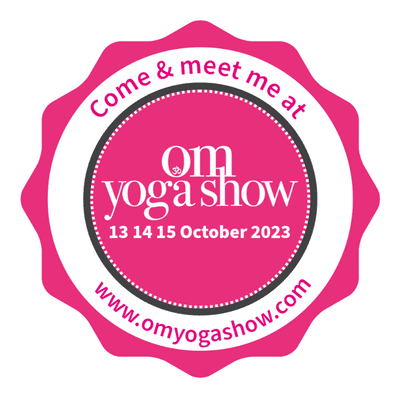
Find Esther Marie on Instagram @esthermarieyoga and practice with her on her app and online studio Studio EMY: an online space that merges movement, meditation and mindfulness to help you navigate through daily life.
Read Part 2
Read Part 3 (available 15th June 2023)




